How Do Cultures Celebrate Ostara Around the World?
Ostara, often associated with the spring equinox, is celebrated by various cultures around the world to mark the arrival of spring. Each community brings its unique traditions, rituals, and symbols to the celebration, highlighting cultural diversity and shared festive spirit. Let’s explore the various ways Ostara is celebrated globally.
What is Ostara and its Origins?
Ostara is a neopagan holiday observed during the spring equinox. This celebration marks the beginning of spring and embodies themes of renewal, fertility, and balance. Historically, it is linked to the Germanic goddess Eostre, and it shares similarities with Easter and other spring festivals.
The name Ostara is derived from Eostre, a dawn goddess whose legacy is captured in numerous traditions. Her festivals honor the resurrection of nature from the depths of winter, mirroring the balance of day and night that the equinox represents. This equilibrium symbolizes a returning light, making Ostara a celebration of life’s renewal.
Celebrating Ostara in European Traditions
In Europe, Ostara is celebrated through a variety of traditions such as egg hunts, bonfires, and nature walks. Countries like Germany often emphasize the symbolism of eggs and hares, which are associated with fertility and new life.
In Northern Europe, feasting is a critical component of Ostara celebrations, incorporating seasonal foods like greens and dairy. These feasts symbolize the abundance of the earth waking from its winter slumber, with communities gathering to share food in honor of the goddess Eostre.
In some parts of Italy, locals celebrate with processions that resemble ancient Roman festivals, blending Christianity with pagan traditions. They include vibrant displays of flowers and elaborate parades to mark the burgeoning of spring.
Ostara Rituals in the United States
In the U.S., Ostara is celebrated with a mix of modern and ancient practices. Many neopagans and nature enthusiasts observe the holiday by decorating eggs, planting seeds, and engaging in rituals that honor the earth’s renewal.
A popular tradition is the creation of Ostara baskets filled with seeds, herbs, and other symbols of growth. These baskets are often exchanged between friends and family as blessings for a fruitful and prosperous year ahead.
Community gatherings frequently feature drumming circles, allowing participants to connect with the earth’s rhythms and promote communal well-being. These activities are designed to bond communities and celebrate a shared reverence for nature.
How Does Ostara Influence Contemporary Pagan Practices?
Contemporary pagans often incorporate Ostara into their spiritual routines by following traditional rituals or adapting them to fit modern lifestyles. This may include solitary ceremonies, community gatherings, or online celebrations that highlight personal and collective growth.
Virtual celebrations have gained popularity among global pagan communities, where people can share photos of their altars or live-stream rituals. These digital spaces provide a sense of connection and community, allowing for the sharing of wisdom and practices across distances.
Additionally, Ostara inspires thematic workshops focusing on environmental stewardship, encouraging participants to plant trees or clean local parks. Such practices align with Ostara’s themes of renewal and rebirth, manifesting them in practical ways that benefit the earth.
Comparing Ostara to Other Spring Equinox Celebrations
Other cultural celebrations similar to Ostara include Nowruz in Persia, which also marks the start of spring, and Holi in India, known for its vibrant colors and festive spirit. While each festival has distinct cultural roots, they all herald spring’s arrival.
Nowruz, celebrated across the Persian-speaking world, involves cleaning and renewal rituals, much like Ostara. It is a time for rebirth, where homes are refreshed, and new clothes are worn to bring hope and positivity for the year ahead.
In Japan, the Shunbun no Hi festival involves visiting ancestral graves to honor family history while celebrating the planting season. This duality of honoring the past and looking towards the future resonates with Ostara’s own themes.
A Global Celebration of Spring’s Renewal
In celebrating Ostara, cultures around the world draw on their unique histories, spiritual beliefs, and traditions, creating a vibrant tapestry of festivities that honor the arrival of spring. No matter where or how Ostara is celebrated, the themes of renewal, rebirth, and joy are universally shared.





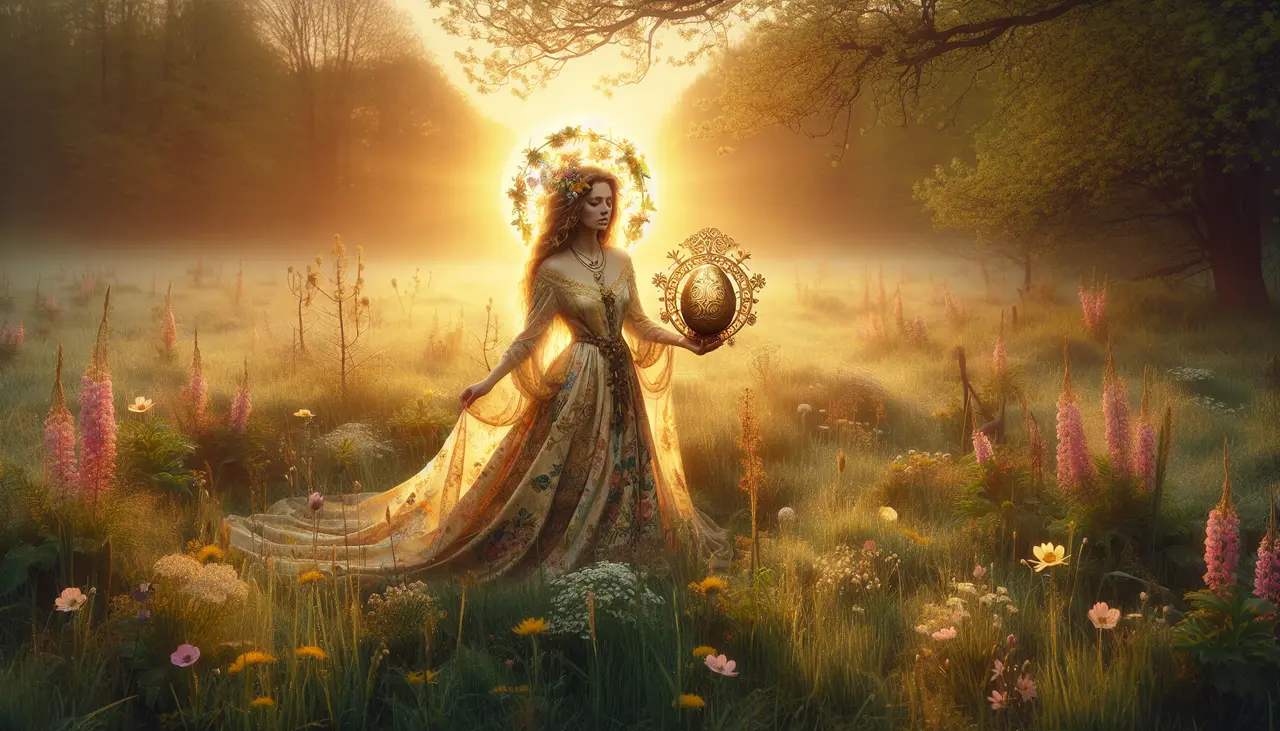




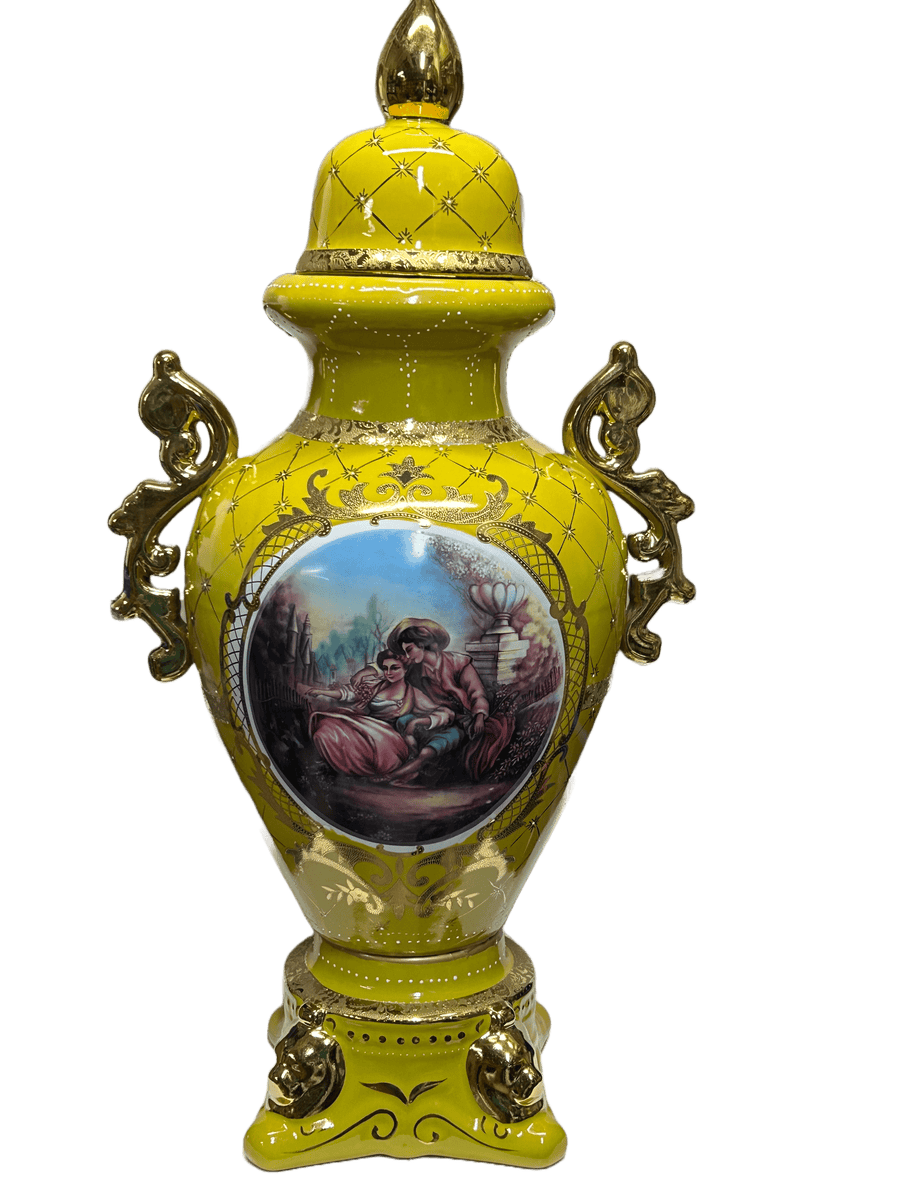



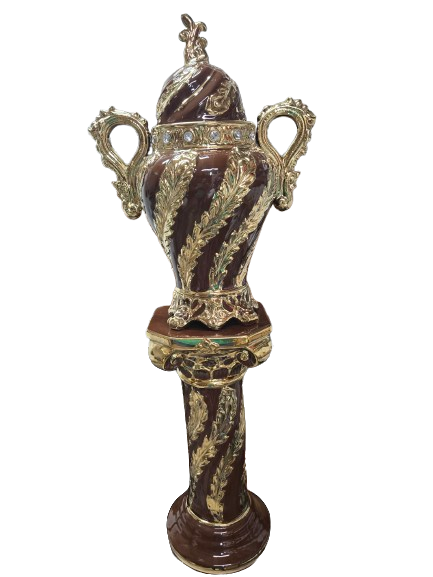
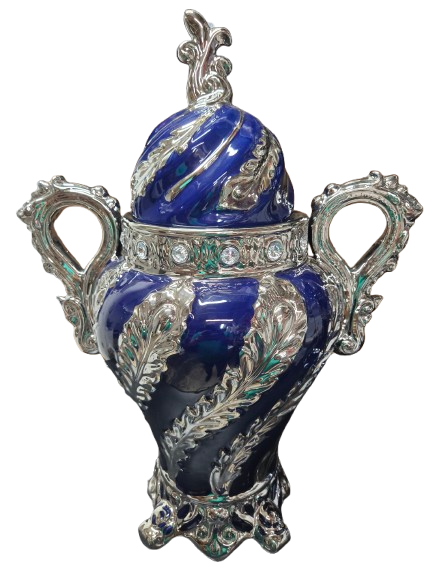
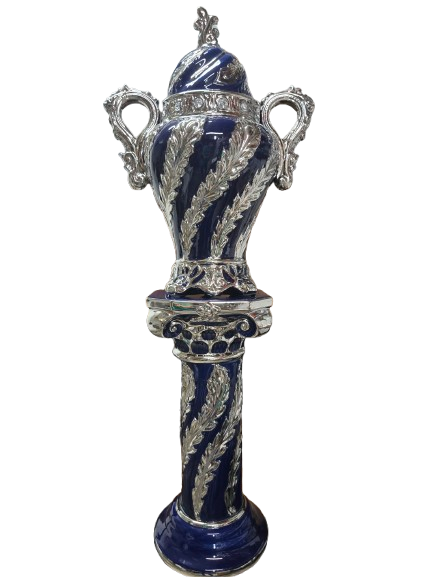


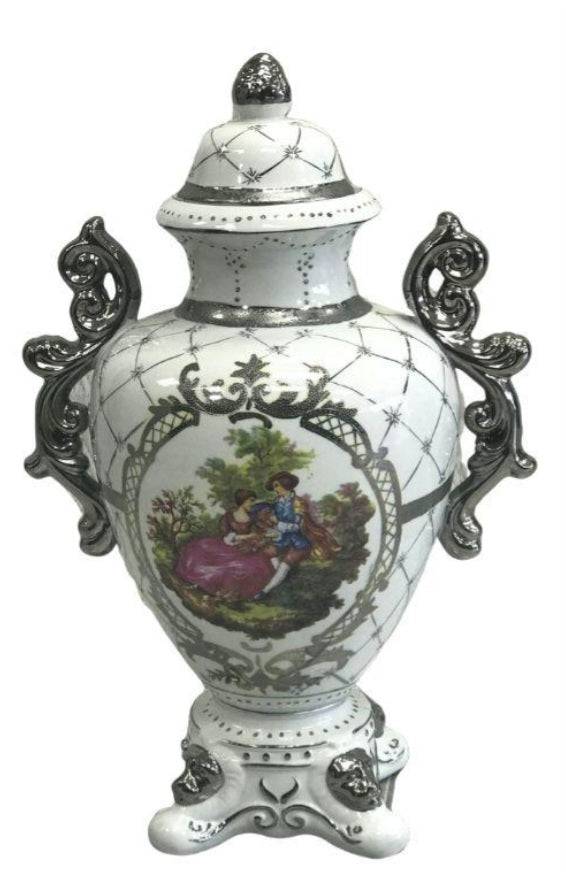



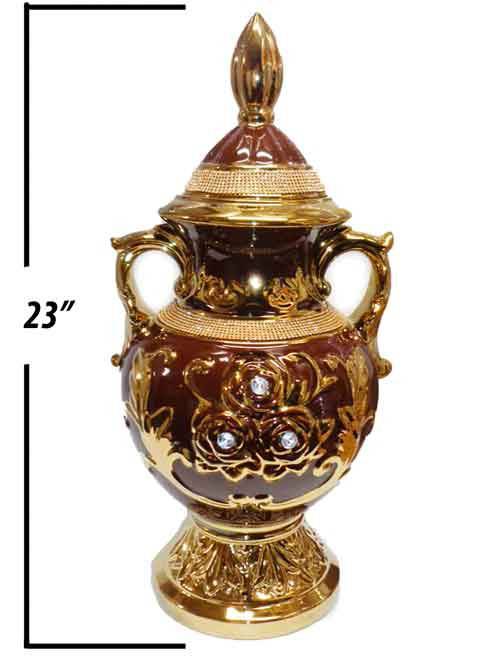



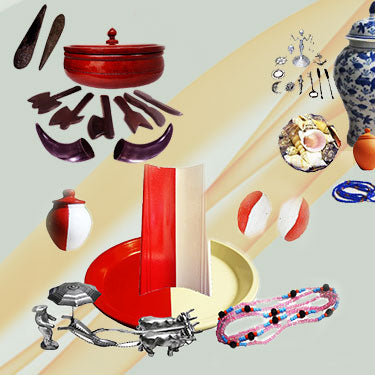
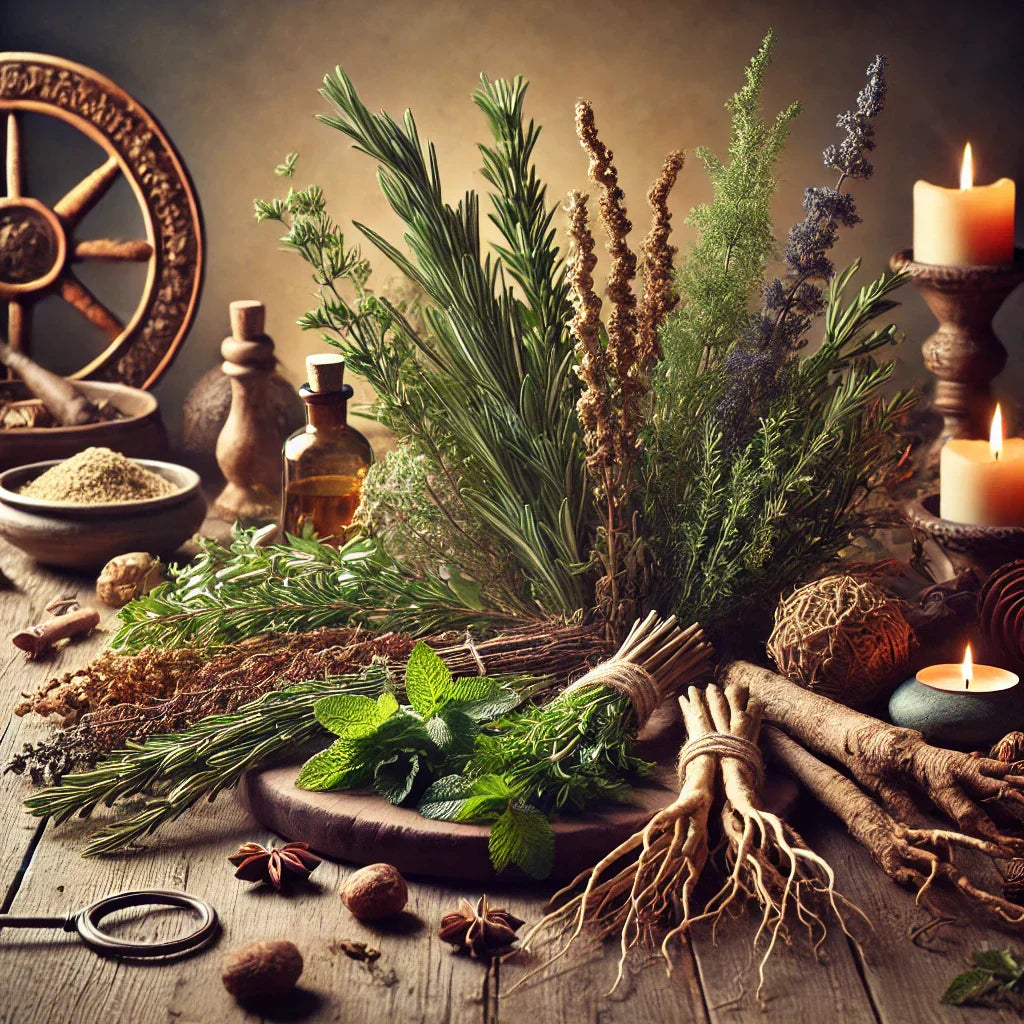

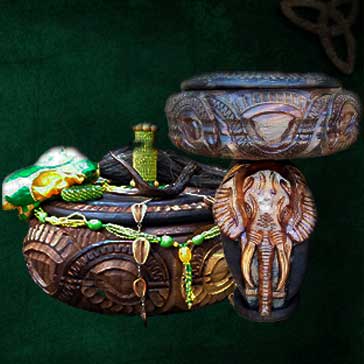


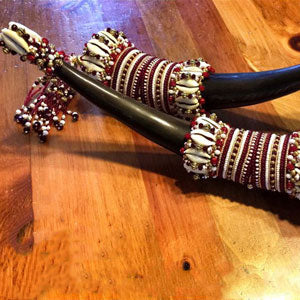
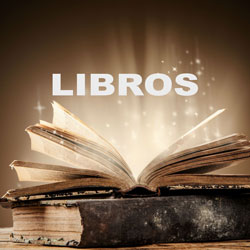

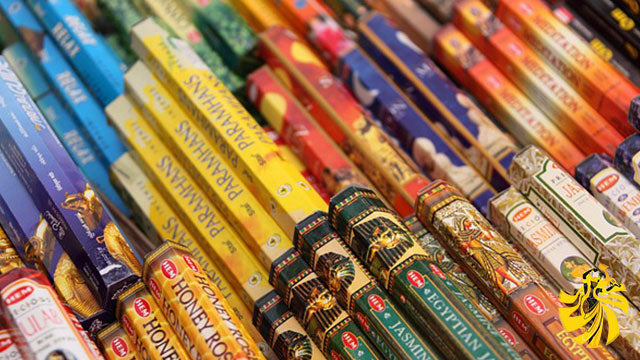
Dejar un comentario